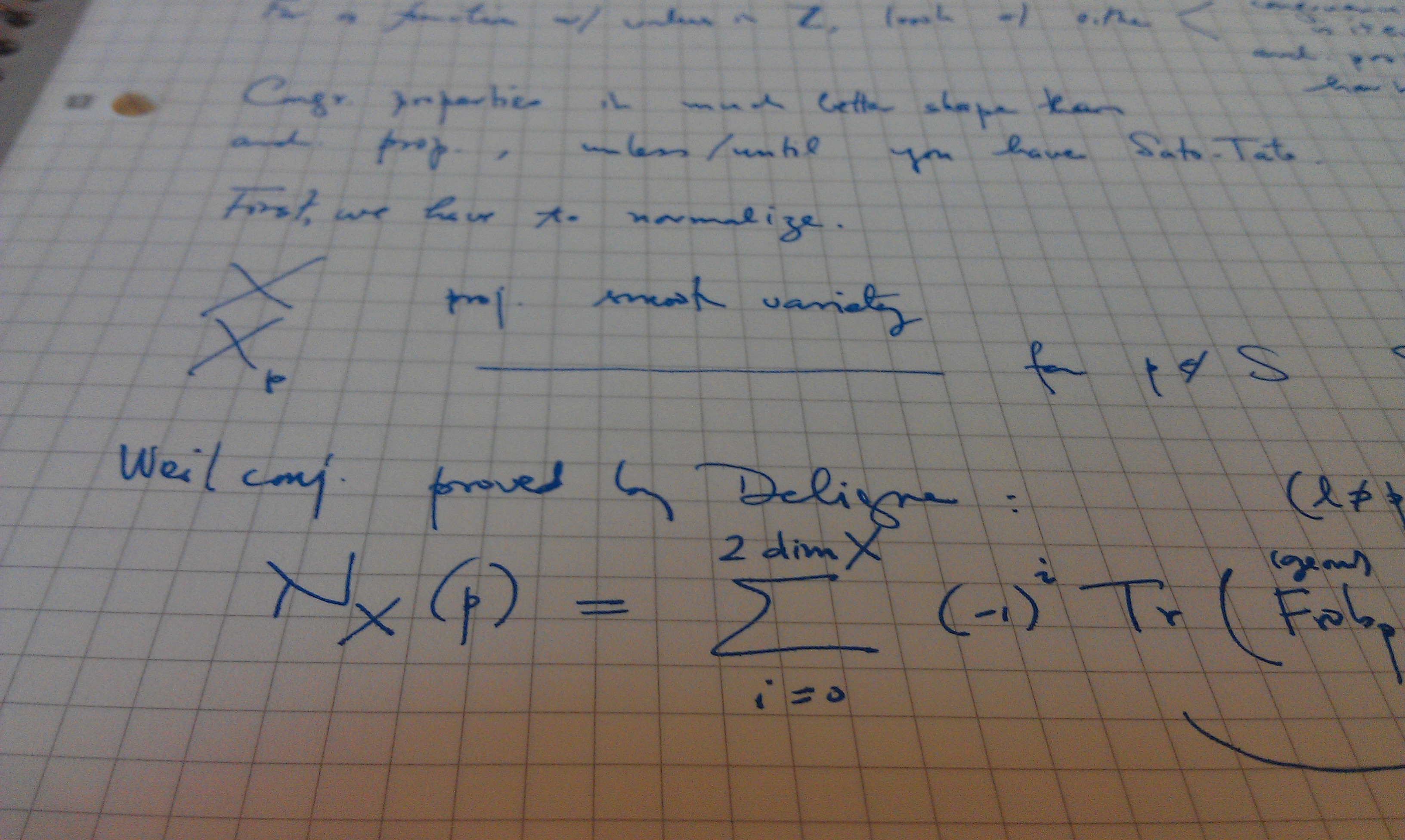PLANNING TACTILE RECOGNITION PATHS IN 2 AND 3 DIMENSIONS
Publication Date
1992
Journal or Book Title
INTERNATIONAL JOURNAL OF ROBOTICS RESEARCH
Abstract
A general problem in model-based object recognition is how the system should proceed when the available data are ambiguous (i.e., when either the object or its location in space are not uniquely identified), We show that this "best next view" problem can be solved for two-dimensional polygonal objects solely by touch. The solution is a low-order polynominal algorithm that in corporates uncertainty from the data-analysis level to the path-planning level. It has been tested both by simulation and by implementation on an experimental robot system.
In three dimensions, the problem becomes inherently nonlinear and quite difficult. We describe the three-dimensional problem, discuss possible approaches, present a taxonomy that subsumes previous attempts, and display simulation results that describe the efficacy of our approach. We show that the heuristic of attempting to decompose the three-dimensional, four-degree-of-freedom, non linear problem into a pair of two-degree-of-freedom linear problems produces perfect paths about half of the time and is the most efficient complete decomposition method that has been implemented to date.
1. We can rotate and translate an arbitrary starting line so that it coincides with the x-axis, and transform the edges accordingly.
2. These bounds are derived from physical properties of the sensor, such as the angle at which it will skid off a smooth surface.
3. If the sets do not intersect, then there is no line that obeys the constraints and passes through both edges.
4. Some of the critical points in this example have the same α value, so there are fewer dashes marked on the a-axis than dots in the figure.
5. For typical sensor uncertainty values propagated through the interpre tation process, rotational uncertainty vastly dominates translational uncer tainty. Once rotational uncertainty is managed, translational uncertainty can usually be incorporated in a straightforward manner, by offsetting in the appropriate direction.
6. The reader is reminded that the coordinate system is located and oriented for convenience of calculation.
Pages
87-111
Volume
11
Issue
2
Recommended Citation
Ellis, RS, "PLANNING TACTILE RECOGNITION PATHS IN 2 AND 3 DIMENSIONS" (1992). INTERNATIONAL JOURNAL OF ROBOTICS RESEARCH. 346.
Retrieved from https://scholarworks.umass.edu/math_faculty_pubs/346

Comments
The published version is located at http://ijr.sagepub.com/content/11/2/87